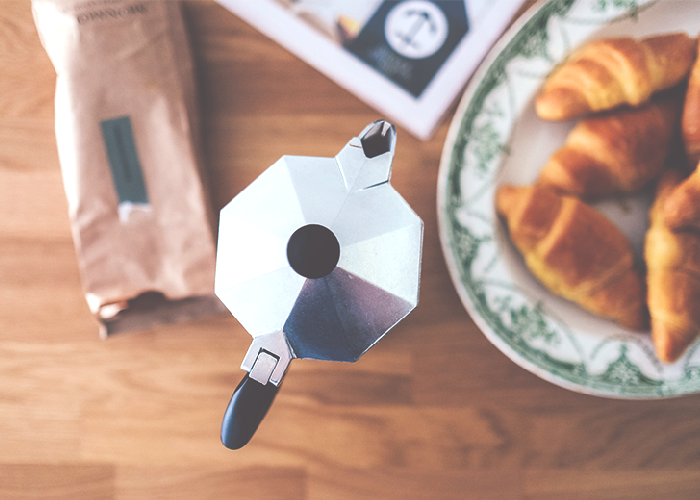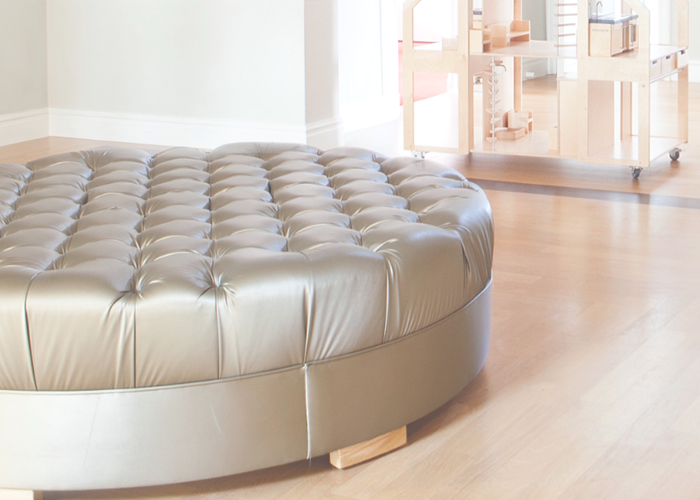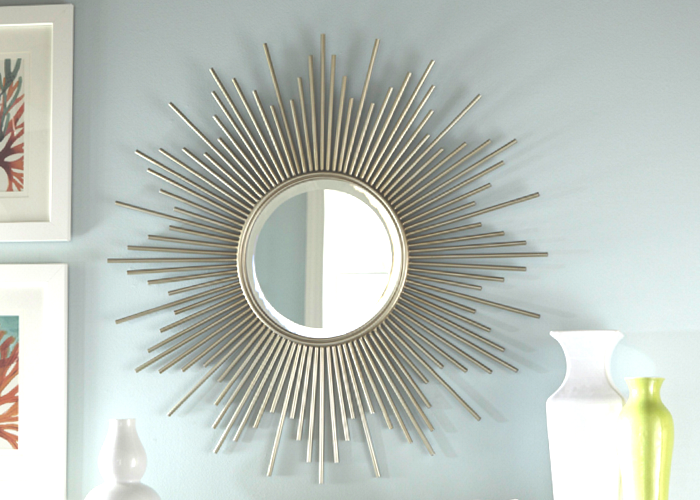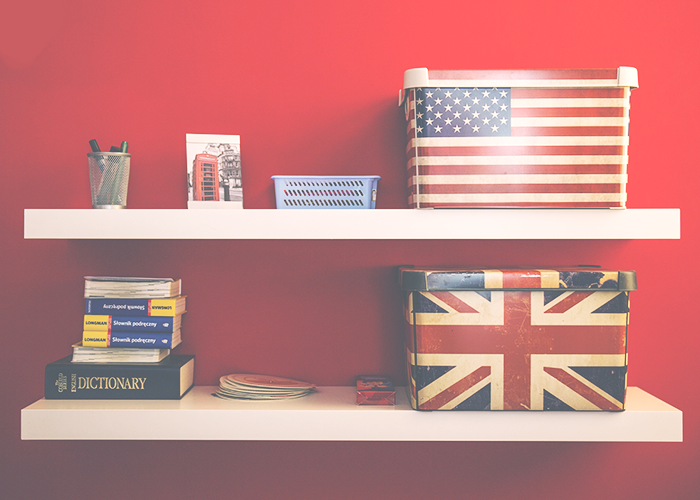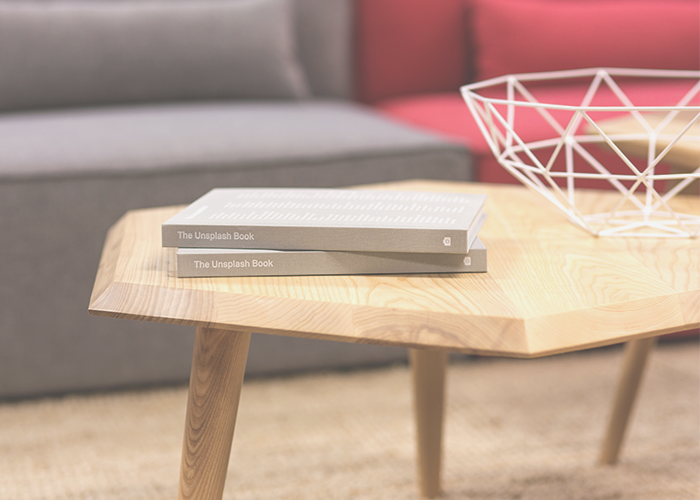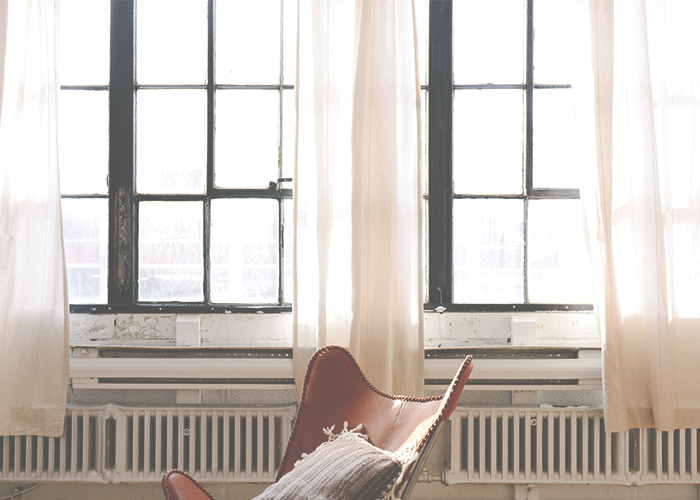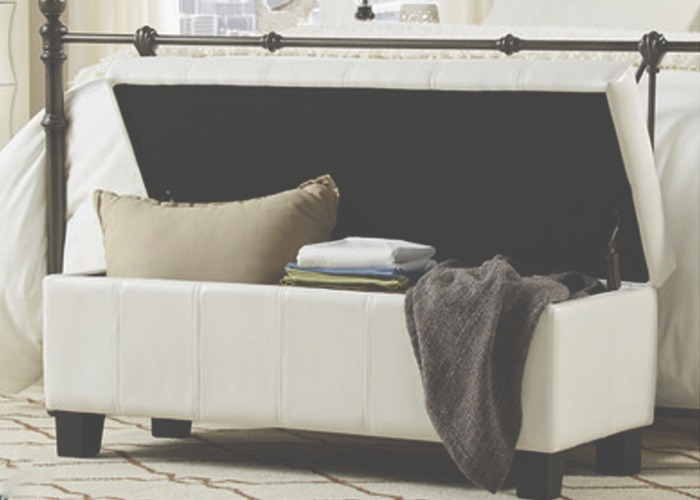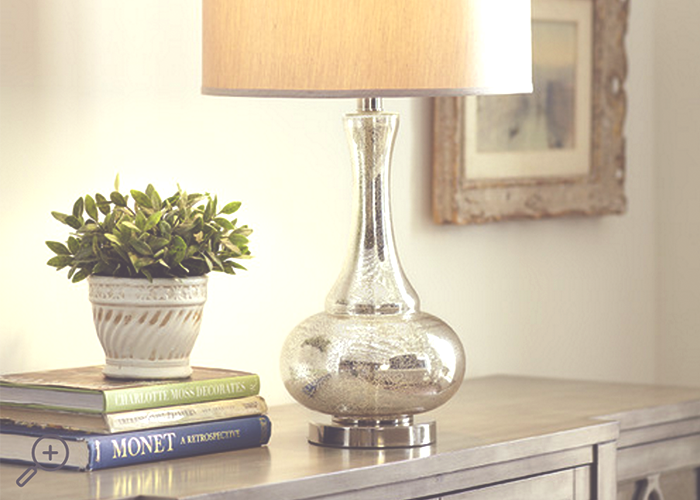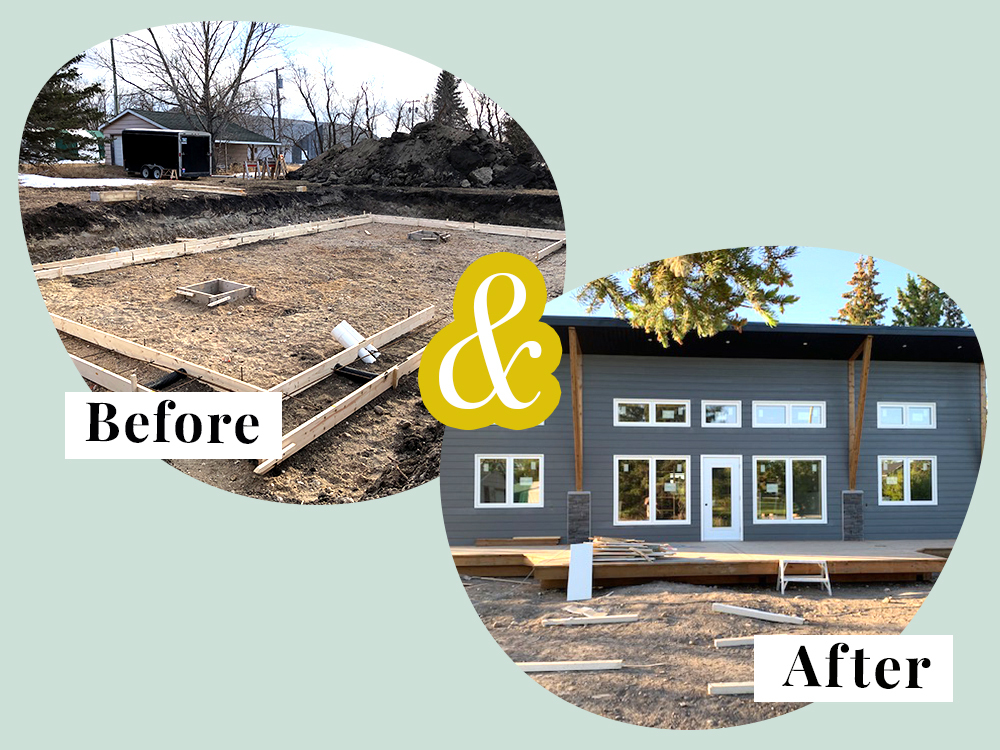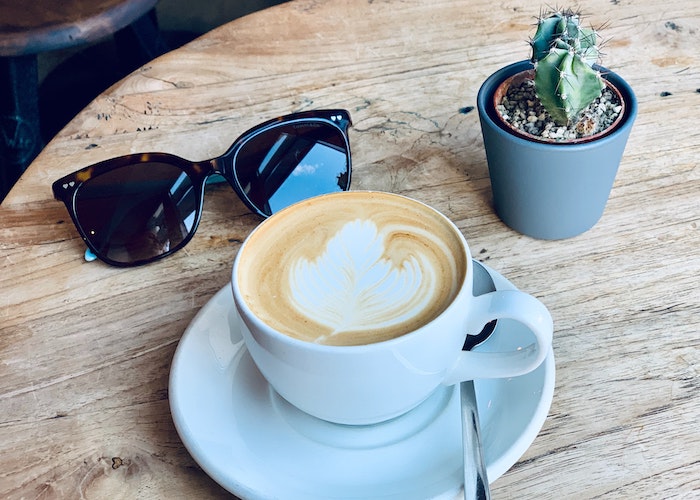8 Ingenious Living Room Ideas For Super-Small Spaces
We’ve been in our apartment for about eight months or so, and while it has come together in a way that I’m pretty proud of, it still has a way to go before it feels “done.” In fact, I don’t know if I’ll ever be someone who looks at their space and thinks, “yes, this is the absolute best I can do — we’re good here.” About once a week, an aspect of our apartment will catch my eye, and I’ll make a note that gets filed into my “to fix” mental column. Once I notice said issue, it sticks out like a sore thumb — we live in tiny place that’s about 300 square feet. This has forced us to be more judicious about the things we buy, and we’ve had to forgo countless couches, tables, chairs, bar carts, and TV stand options because they would have barely fit through our front door. At times, this challenge can be fun since it forces us to get creative and thrifty, but it can also be frustrating when so many things are off limits.
I’ve read a ton of articles about the commandments of keeping a small space organized, as well as tips and tricks for making a small living room appear bigger, and it’s honestly overwhelming. I’m amazed at the number of sneaky and ingenious ways one can make an un-ideal/awkward space feel big, light, and open. I’m not always the most diligent person when it comes to ensuring that everything I buy (and every decision I make with regard to interior decorating) is well thought out, but I’m learning to get better. Some people have a knack for interior design, but for other people (like me), it takes hard work to decorate a space that looks insta-ready (or something remotely close to that).
I’ve come across a few ways to make a small space look bigger, better, and #badder. I’m learning as I go, making mistakes, and testing out my style preferences, but these are some of the most valuable takeaways I’ve found for decorating a small space like ours.
1. Use furniture that can do double duty.
Image via Unsplash
Every person who gives tips on decorating a small space says to make sure furniture can serve dual purposes. For example, investing in a small high-top table that functions as a place for mail and keys, and can be pulled around for snacks and drinks when guests are over, is ideal. I’ve also read about the value of drop leaf and collapsable tables that are small, but offer additional space when needed. Nesting tables are another great thing to consider since they collapse into one another, and can expand to accommodate additional guests when needed. The more I read about maximizing furniture for dual purposes, the more I realize how silly it is to buy something just because it’s “pretty.” The furniture needs to #werk hard for my space if it has a chance of working out.
2. Hang mirrors opposite your light source.
Image via Lowes
This seems pretty obvious, but I had no idea how much of a difference mirrors make, especially when living in a small space. I lived in our apartment for three months before putting up any mirrors, and when I finally did, my mind was blown. It made ALL the difference in the world. When you hang mirrors opposite of a light source, the mirror bounces light around, and makes the whole space feel more open, lighter, and brighter. Also, I used to swear off oversized mirrors, but after researching them, I’m no longer afraid of putting large mirrors in small spaces. The ~grandeur~ of the mirror works the space just as well, if not better than a smaller one, and adds some dRaMaTiC fLaIR.
3. Utilize vertical space, and consider floating shelves.
Image via Unsplash
Floor space is hella precious around these parts, and that means focusing on what we can do to maximize wall space. Nearly every article I come across suggests using floating shelves and hanging baskets, and offers up other creative ways to utilize vertical space for storage and decoration. We decided to install floating shelves above our couch (which can still be optimized, read on below!), and it has freed up a ton of room for the bar cart, which is an obvious priority. Heh.
4. Use a lighter color palette + airy fabrics.
Image via Unsplash
One of the biggest mistakes we made when decorating our apartment was selecting thick black floating shelves, which now feel clunky, heavy, and slightly ominous. It was a split-second decision we made when purchasing them, and one that I admittedly didn’t put much thought into. Now, when I see photos of cream or white-colored shelves against a light-colored wall, I notice how open and airy the light shelves make the room feel (which is something ours distinctly don’t do). We also chose a dark-gray sofa, which works in the space, but it requires cream or off-white pillows to lighten it up and keep it from feeling dark and sad.
5. Create the illusion of bigger windows.
Image via Unsplash
I went back and forth for a long time deciding whether or not we should put curtains up on our living room window. You can nearly reach out and touch the building across the alleyway, and the natural light coming inside is OK before 3pm, but after that, it’s virtually nonexistent. The question of hanging curtains was one giant “no,” because I didn’t want to make the window seems heavy and sad looking. However, nearly every article I read says that curtains help a space look finished, polished, and can create the illusion of a bigger room if hung correctly. Experts say to hang curtains a few inches above where the window starts, and extend the curtains out a bit further on both sides of the frame. This draws the eye up and out, and makes the whole setup look more stately. It’s a simple and affordable way to make the room look more expensive and bigger.
6. Always think storage-savvy.
Image via Wayfair
When maximizing a small space, nearly every article I read stresses the importance of creating sneaky storage solutions. For example: seating that doubles as a storage unit for linens, towels, and other odds and ends, and those cube-shaped seating things that double as mini-coffee tables when guests are over. There are still things we can do to our space to make it more effective at storing extra things we don’t have room for, but we’re working on it. We purchased a couple of stylish wooden baskets to keep painting supplies and power tools in on top of our kitchen cabinets, and we bought collapsable shelves for our closet to keep linens stored away. While I’ve learned to visualize potential storage-solutions more than I ever did before, I’ve had to work hard to train my eye.
7. Use reflective surfaces and metallic touches to fake extra light.
Image via Wayfair
While I was never daring enough (or felt stylish enough) to embrace full-on lucite furniture, a lot of decorating blogs recommend it as the perfect way to keep your space airy. Lucite is a functional, practical, and beautiful furniture solution that makes it easy for light (and the eye) to move through your space. However, if lucite is too modern looking for you, metallic embellishments on lamps/coffee/end tables also create the illusion of more light. (Chelsea has a beautiful gold and glass side table seen here.) Metallic embellishments can help improve a small space like mine, which is currently decorated with wood and wrought iron, and would provide some much-needed lightness. Again, I’m learning as I go, and I recently fell in love with a marble-topped coffee table that I want to DIY myself, but I realized it would need a big mirror-tray topper if I didn’t want it to look like a giant slab of rock in the middle of the room.
8. Lower your lighting.
Image via Unsplash
Apparently, it beneficial to have apartment lighting optimized so it doesn’t create shadows that make the space feel smaller. For example, this article says, “Ensure that you have lighting at floor, table and eye level to help limit shadows versus ceiling lights,” and to use hanging lights wherever possible. In our apartment, I’ve learned the benefit of turning off the jarring overhead light which makes the space feel cold and dingy. Now, I turn on various lower softer sources of light to provide ~illumination~. I don’t know if it makes the space feel bigger, but it’s surely something that creates a more chill mood which makes me enjoy coming home at the end of each day.
Overall, I’ve learned that the most obvious decorating tip for super-small spaces is to simply be more mindful of what you buy, and what you hang on to. I had to learn how to say “no” to things I wanted because our space couldn’t fit them, but I’m guilty of hanging on to items that are a waste of space (like our too-large book collection that takes up five shelves). Decorating a tiny home to look as beautiful as possible, while on a budget, is no easy feat, but it’s not impossible. The more I look around for tips and tricks, the more I realize that our space isn’t perfect, and that’s OK. Perfection isn’t necessarily the goal. What matters most is being mindful and making every choice with intention, and creating a space that feels like home to us.
Image via Unsplash

